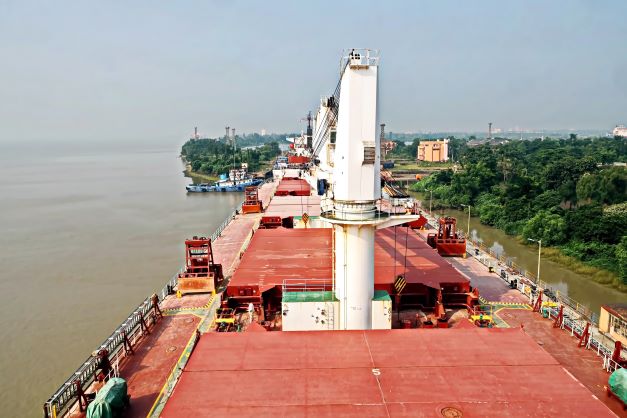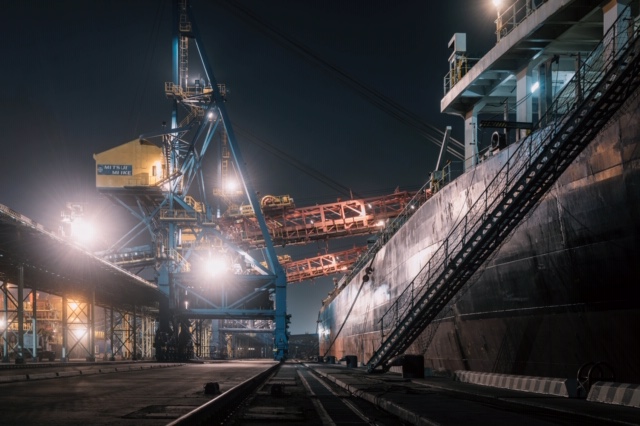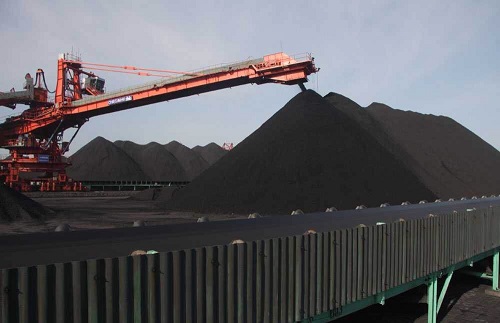

Over the past week, thermal coal quotations on the European market continued to fall below 265 USD/t on the back of the ongoing decline in gas and electricity prices, following statements by the European Commission about the planned introduction of a price cap at the TTF gas hub. Additional pressure on the energy market came from a significant warming in several parts of Europe. The TTF hub gas price dropped to 1,200 USD/1,000 m3 (-400 USD/1,000m3 or -25% w-o-w). Coal inventories at ARA terminals reduced to 7.3 mio t (-0.4 mio t w-o-w).
Indices of South Africa’s High-CV 6,000 slumped to 230 USD/t, resulting from the end of the strike by one of the unions as well as ongoing lower demand from India and Pakistan, which are increasing consumption of more competitive Russian and Mozambican coal.
Trade union SATAWU continued the strike, rejecting an offer from Transnet, to which labour union UNTU agreed on October 17. UNTU, representing the majority of Transnet’s workforce, settled for a 5.5-6% wage increase over three years, while SATAWU was pushing for a 12-13.5% raise. As the main union called off the strike and 70-80% of employees returned to their workplaces, rail and port operations are back to normal.
In China, spot prices for NAR 5,500 at Qinhuangdao port rose by 7 USD/t to 224 USD/t due to supply constraints on the spot market and quarantine measures related to the spread of COVID-19 in coal mining regions. Some traders are not rushing to replenish stocks at ports on fears of new price restrictions from the Chinese government.
The COVID-19 outbreak among railway workers as well as ongoing maintenance work caused the Daqin line traffic to shrink from 1.0 mio t/day to 0.2 mio t/day. This brings the drop-down volumes to 3 mio t/day over the last 8 days. Shipments are not expected to recover to previous levels until the end of the next week at the earliest.
Indonesian 5,900 GAR traded flat at 191 USD/t on the stable demand from China. Indian buyers’ activity declined ahead of the festival of lights (Diwali), which is celebrated from October 22 to October 26.
The price of Australian High-CV 6,000 climbed above 385 USD/t, following news of Q3 production cuts and a slowdown in the 60 mtpa RG Tanna terminal in Queensland (Australia), caused by a conveyor belt failure after a heavy rainstorm.
Last week, Australian BHP reported a 38% decrease in thermal coal production for Q3 2022 to 2.62 mio t as a result of heavy rains, which intensity was up three-fold compared to last year. An additional negative factor was labour shortages. Whitehaven also posted Q3 2022 production cuts for the same reasons to 4 mio t (-37% vs Q2 2022).
Australian metallurgical indexes advanced to almost USD 300/t, driven by increased demand on the spot market and fears of supply constraints due to adverse weather conditions.
Source: CAA













